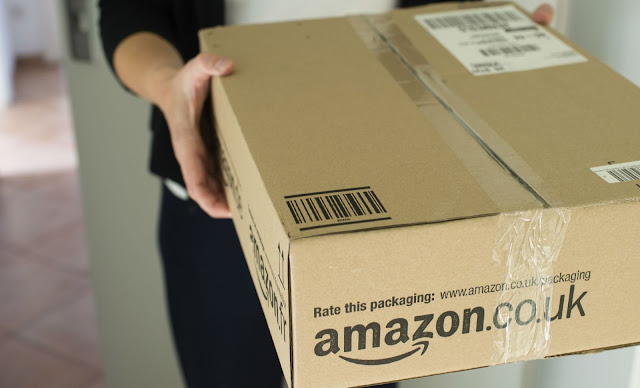What can we do about the high dropout rate of the online shopping cart?

E-commerce is a habit and way of buying more and more frequent among consumers. It is the means of purchase that the future will occupy the future, so it makes us augur the potential of the present that we know. This is causing many companies to be created and incorporated to this channel, as well as that online marketing is a priority and dedicates a lot of money and effort. When this marketing is successful and we have the customer with the products in the shopping cart on our website, surprisingly leaves the order, the reason ?.
The customer leaves the shopping cart for the shipping cost factor. Notice that most of the time, when a customer is interested in certain products is because the offer we make is attractive for their conditions, likes the product, seems to have a suitable price, has all the conditions to be bought, however, when they update the order and observe what is added to the price for the reason of the shipment, something jumps in your mind that decides, in many cases, to abandon that purchase.
This causes a serious problem and something we must do to improve the sales conversion ratio. I think it is mandatory to use some strategy that does not cause that exodus of customers and confirm that purchase. And believe me, it is not easy to decide what to do, what we must do is keep in mind the obligation to make decisions on this aspect to improve the results. What can we do?:
1) Do not charge for shipping.
This would be ideal and include the cost of shipping to reduce the gross margin of the product. This is possible on many occasions, however in certain products the shipping cost would virtually eliminate the profitability of the product, which we can not do. For the vast majority of consumer products, where margin allows, the increase in sales will offset the reduction in the product margin. Whenever possible, this option is recommended. In online stores that go to price this option encourages many sales, where it goes to value, increases the perception of value of the customer and may even have a comparative advantage with competitors that cause sales.
2) Award a common shipping cost for all products.
This option is interesting from the perspective that beforehand the customer knows the price of the product buy what you buy. We do not guarantee stable sales revenue, although sometimes we lose money because shipping is more expensive than what we collect, but we can compensate with more sales and other products than if you ship.
3) Inciting by volume of purchase a reduction of costs of shipments.
Depending on the volume of purchase you make, you will pay less shipping. Here we must look for alternatives in packaging for the shipment of the products that allow to group it so that it supposes a smaller cost to us. We will compensate the increase in sales with the cost of shipping expenses. Be clear what volume we have to reach in order not to lose money
4) Convert the shipping expense into sales promotions.
Depending on the product you buy the shipping cost will have a different value, arriving in some cases to be free. This will cause the products that interest us most to be sold and, therefore, those that can take the reduction in the margin of the cost of the shipping expense
5) Include in the prices directly the shipping cost.
This way the customer will not be surprised when he updates his order, but will include that cost within the price and will not perceive it as a surcharge.
In short are some of the actions that we can carry out with the shipping cost. What does seem to be true is that doing nothing, can become a problem for our sales when we do not have a clear strategy regarding this. By properly solving the issue of the expenses of shipments to the customer, we increase the sales, what we must worry about is that solution that we adopt, allow a profitability according to the plans of the company and generate a value for the client, and yes, one of these two aspect is not enhanced or both, may be an inadequate solution.
The cost of shipping, has a cost in sales, how are you going to solve it?


